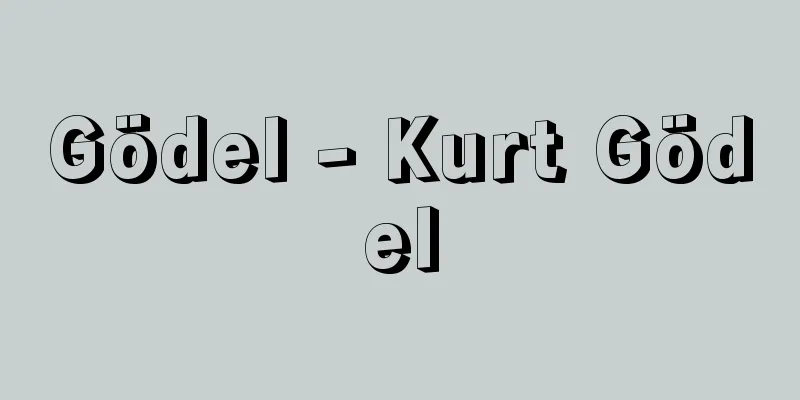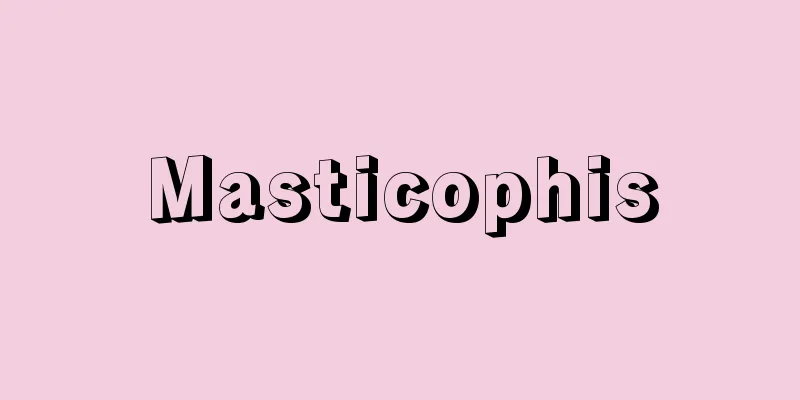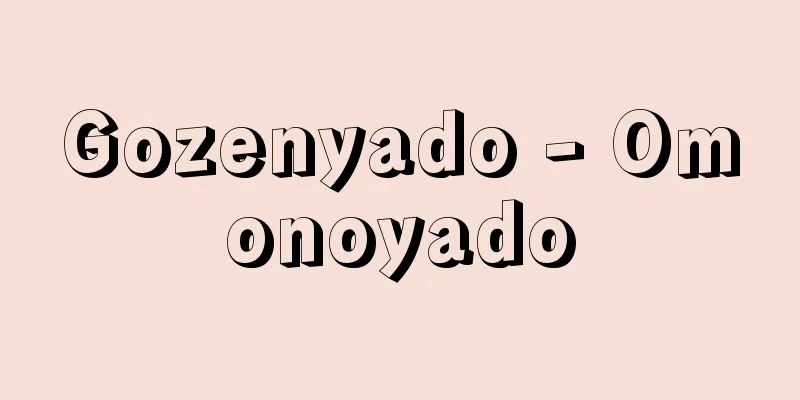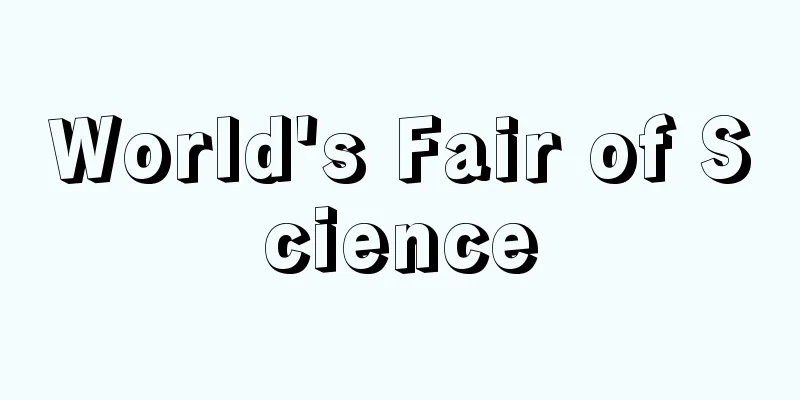Gödel - Kurt Gödel

|
American mathematician. Born in Brun (now Brno, Czech Republic) in the Austro-Hungarian Empire, he studied mathematics and physics at the University of Vienna, receiving his doctorate in 1930. He began research at the Institute for Advanced Study in Princeton in the United States in 1940, and gained American citizenship in 1948. He became a professor at the institute in 1953, and a professor emeritus at Yale University in 1951 and at Harvard University in 1952. He is a member of the National Academy of Sciences. Gödel's main research is deeply related to the foundations of symbolic logic, mathematical philosophy, and set theory, and today, no field of mathematical foundations can be discussed without his work. In 1930, he proved that the laws of logic adopted in symbolic logic contain virtually all of the logical inference methods used in mathematics (Gödel's completeness theorem). In other words, symbolic logic completely expresses the logic of mathematics, and no new laws of logic need to be added to it. Then, in 1931, he proved that there are certain limitations to the method of describing mathematical theories using the method of symbolic logic (Gödel's incompleteness theorem). According to this, when describing an ordinary mathematical theory using the method of symbolic logic, there is always a proposition A for which neither A nor its negation, not A, can be proven. Moreover, the proof of this incompleteness theorem showed that if a mathematical theory does not contain contradictions, it is impossible to prove that the theory does not contain contradictions within that theory. In addition, Gödel's proof (1938) is famous for showing that even if we assume that Zermelo's axiom of choice, Cantor's continuum hypothesis, and its generalization, the general continuum hypothesis, are all correct, no new contradictions arise in set theory. [Shoji Maehara] [References] | theorem| |Source: Shogakukan Encyclopedia Nipponica About Encyclopedia Nipponica Information | Legend |
|
アメリカの数学者。オーストリア・ハンガリー帝国のブルン(現、チェコのブルノ)に生まれ、ウィーン大学で数学と物理を学び、1930年に学位を取得。1940年からアメリカのプリンストン高等研究所で研究に従事、1948年アメリカ市民権を得た。1953年同研究所教授となり、1951年エール大学、1952年ハーバード大学の名誉教授。アメリカ科学アカデミー会員。 ゲーデルのおもな研究は、記号論理学、数理哲学、および集合論の根本に深く関連しており、彼の業績を抜きに、今日、数学基礎論のいかなる分野も論じられない。1930年、記号論理学に採用されている論理の法則が、数学に用いられている論理的な推論方法を実質的には余すところなく含んでいる、ということを証明した(ゲーデルの完全性定理)。つまり、記号論理学は数学の論理を完全に表現しているもので、これに付け加えるべき新しい論理法則はなにもないのである。ついで1931年には、記号論理学の方式によって数学の理論を記述する方法にはある種の限界があることを証明した(ゲーデルの不完全性定理)。それによれば、記号論理学の方式によって通常の数学的理論を記述した場合、ある命題Aとその否定not Aのいずれもが証明できないような命題Aがかならず存在する、というのである。しかも、この不完全性定理の証明から、ある数学的理論が矛盾を含まなければ、その理論が矛盾を含まないということをその理論のなかで証明することはできない、ということまでも示した。そのほかツェルメロの選択公理やカントルの連続体仮説、それを一般化した一般連続体仮説をすべて正しいと仮定しても、集合論に新たな矛盾が生ずることはない、というゲーデルの証明(1938)は有名である。 [前原昭二] [参照項目] | | |出典 小学館 日本大百科全書(ニッポニカ)日本大百科全書(ニッポニカ)について 情報 | 凡例 |
<<: Gödel number - Gödel number
Recommend
Cattaneo, Carlo
Born: June 15, 1801, Milan [Died] February 6, 1869...
Mihai Viteazul (English spelling)
1558‐1601 Prince of Wallachia (reigned 1593-1601),...
Tamamo no Mae's Morning Sleeves - Tamamo no Mae's Morning Sleeves
Joruri Gidayu-bushi. Historical piece. Five acts....
Takao Senjimon
A reading book. Written by Kyokutei Bakin. Publish...
Endoscopic retrograde cholangio-pancreatography
…In such cases, a direct contrast method is used,...
Sanguine
...Western words such as temperament, which means...
co-feature
...It is also called a programmer in English. In ...
Harvest Moon
...It is not widely cultivated in Japan because i...
Genjo - Genjo
Noh piece. Fifth piece. Five schools of current m...
Minamoto Toshiaki - Minamoto Toshiaki
Year of death: Eternal 2.12.2 (1114.12.30) Year of...
Gone with the Wind - Kaze to tomo sarinu (English spelling) Gone with the Wind
A novel by the American female writer Margaret Mi...
Ahma - Ahama
…The first Uighur financial minister of the Yuan ...
Zamoyski, A.
…In 1765, he established a knight's school to...
Education industry
This industry supplies various knowledge that is ...
Hazakasa craft - Haritsuzaiku
〘Noun〙 A unique lacquer craft item made by Ogawa H...









